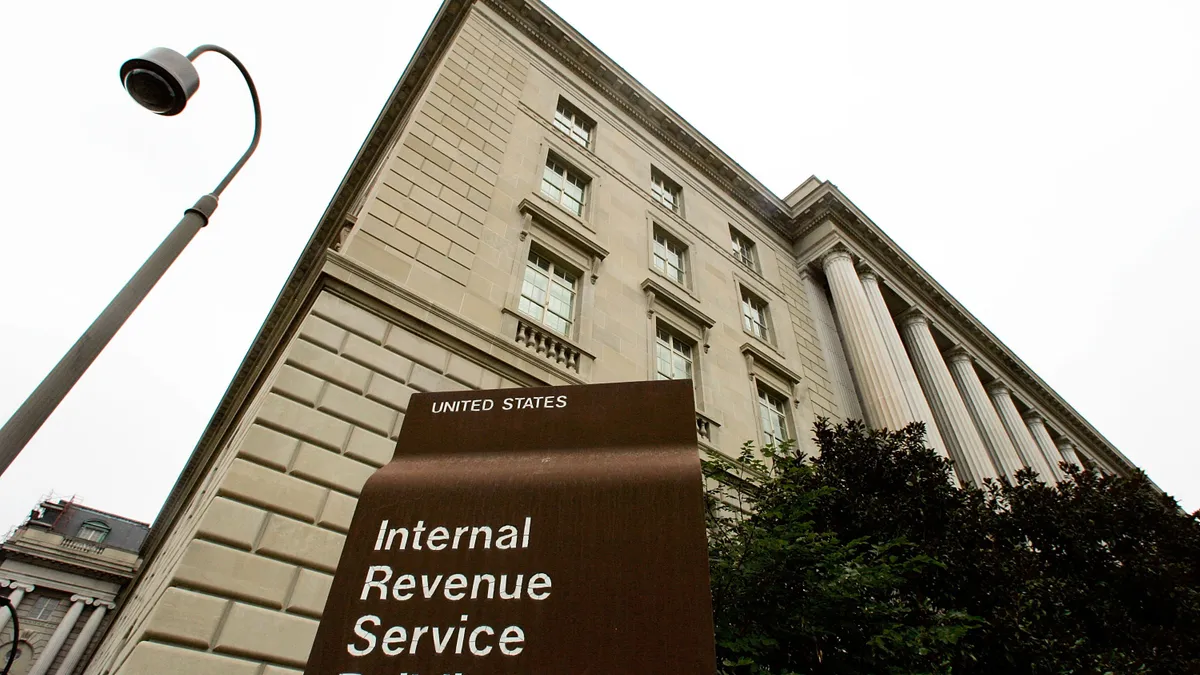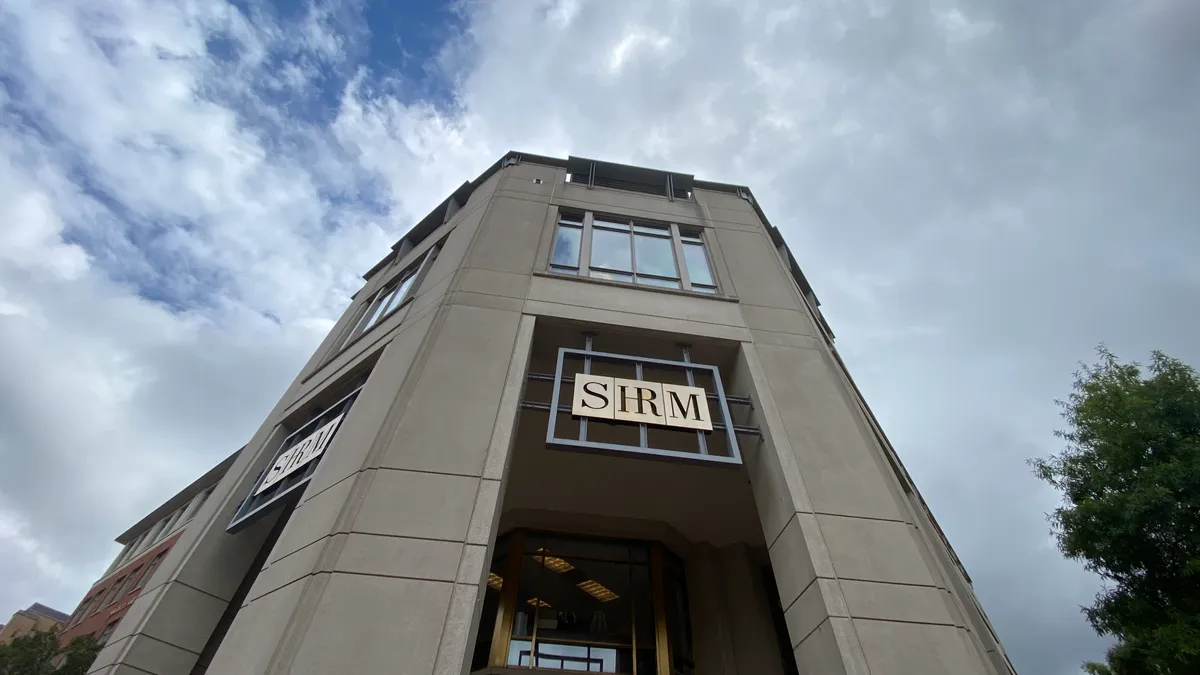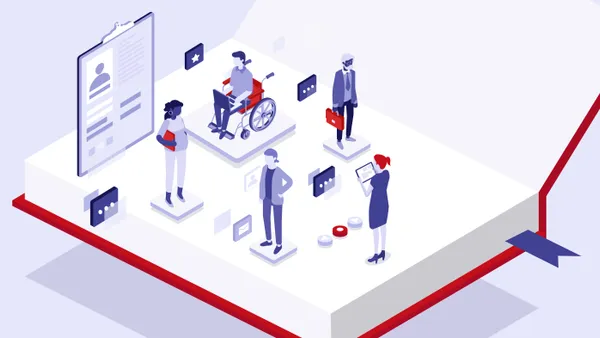The talent shortage is hitting most organizations hard. And while most companies may know that solving for that shortage requires a holistic approach, some HR leaders are stymied at how to attract, keep, and grow their workforce. Besides the traditional and newer approaches of recruiting, onboarding and engagement, companies can also use proven marketing techniques to reach and recruit candidates, build the company brand during onboarding, and create touch points to engage employees throughout their life cycle.
In the first two articles in this series, we explored marketing tactics that could help companies recruit and onboard new employees. This last piece examines how to keep the employees those companies worked so hard to attract, hire, and train. Still, companies need to do more than just retain their workforce. They must help their people feel appreciated, recognized, motivated, and engaged. While creating this positive culture requires a multifaceted approach, using marketing strategies to recruit, onboard, and engage employees can help create a stronger and more competitive workforce.
Your customers, your employees?
It's a well-known marketing maxim: It's easier — and cheaper — to keep an existing customer than to attract a new one. The same is true for employees. Once an employee has invested in your company, learned the ropes — your technology, processes and who's who — it's often easier to stay in place than start over somewhere else.
But that barrier for leaving is much lower than it used to be. Companies facing the Great Resignation understand that employees are much more likely to leave their jobs than in the past. And with ongoing labor shortages, hiring new people isn't a sure thing.
In conjunction with a company's recruiting efforts, businesses must try to keep the employees they have. Further, they need to excite and motivate employees, so they choose to stay. In today's environment, this may not be an easy task.
Employee engagement is crucial, yet remains a struggle
According to a July 2021 Gallup report, 36% of U.S. employees are engaged, meaning they are "involved in and enthusiastic about their work and workplace." That means 64% are not engaged — almost two-thirds of the workforce. Furthermore, 15% of those employees are actively disengaged. Engaged employees are more likely to stay, be more productive, have fewer accidents, provide better customer experiences and create more profitability for their companies.
Despite a universal agreement that employee engagement is good, companies still have difficulty creating it because it requires commitment and consistent messaging from the entire organization.
How to increase employee engagement through marketing strategies
Communicate. When marketers want to build and maintain relationships with customers, they focus on clear, frequent, and useful communication. For employees, communication is always useful, and during times of uncertainty, it is even more so. Managers can hold regular meetings online to share the latest company news and to address any concerns employees have. Effective communication goes both ways, so leaders must encourage employees to provide frequent feedback, through surveys and formal and informal conversations.
As employees begin to return to the office, companies can communicate both digitally and via print, so employees stay informed. Businesses can use signage throughout the offices to keep employees updated on meetings, schedules, and events as well as employee benefits.
Increase employee recognition. Recognition is one of the top drivers of engagement. Retailers know that greeting a customer by name or remembering a preference helps build the relationship — and loyalty. The same goes for employees. Recognizing employees and their accomplishments goes a long way in building the employer/employee relationship. Social recognition, whether by praising an employee during a meeting for a job well done or printing and hanging a letter of achievement or acrylic award, makes employees feel seen and appreciated for their work. That builds engagement.
Create belonging. Marketers know that helping customers feel like an insider builds loyalty. That's why so many businesses have VIP programs and sell or give away branded items. Companies can create that same connection with employees. One way is to give employees branded merchandise, such as mugs, hats, pens and shirts. Businesses can give them as part of an onboarding packet. But even after those first days, these can be given to recognize an occasion or an accomplishment, such as a month without absences or the willingness to pick up extra shifts. Items like these create instant recognition and are another way to say, "you're one of us." With companies extending their work from home or hybrid arrangements indefinitely or permanently, these branding opportunities are yet another way to help employees feel recognized, appreciated, and connected, no matter where they work.
Granted, giving away company swag alone isn't going to solve your employee-engagement woes. Improving engagement requires a consistent, holistic approach that reaches all levels of the organization. With that said, these marketing tactics are examples of how business leaders at any level can increase communication and let their employees know they are seen, recognized, and appreciated.
FedEx Office is experienced in working with businesses to develop their marketing and recruiting material. Their strength is helping develop tailored solutions that help solve their customers' business needs.










